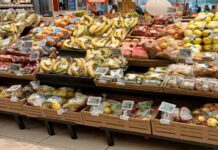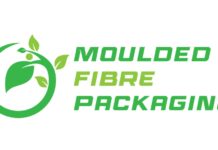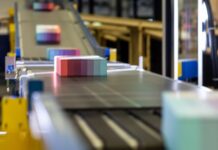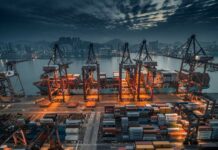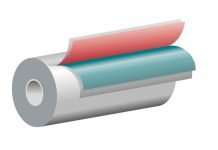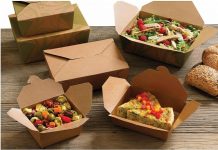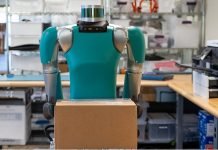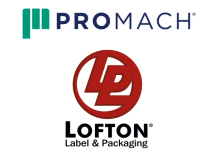In the age of digital shopping, where convenience and accessibility reign supreme, the world of e-commerce has experienced unprecedented growth. This phenomenon skyrocketed during the height of the pandemic, with a 55% increase in online shopping in 2020. By 2022, U.S. e-commerce sales had breached the astonishing $1 trillion mark for the first time. While this boom in online shopping has undoubtedly transformed the way we purchase goods, it has also raised concerns about the environmental repercussions of excess packaging materials.
The Three Layers of Packaging
To begin our journey into sustainable e-commerce packaging, it’s crucial to understand the three primary layers: primary, secondary, and tertiary packaging. Primary packaging is the innermost layer that directly holds and preserves the product. For example, in the case of food and beverage products, it’s the bottle, pouch, or cup. Secondary packaging, on the other hand, serves purposes such as retail display or wholesale shipping. The third layer, tertiary packaging, consists of materials used by freight companies to transport products to warehouses, including cartons, bubble wrap, and shrink wrap.
Sustainability in packaging revolves around optimizing these layers based on the specific product and distribution methods. For products predominantly sold in stores and occasionally shipped, minimizing retail packaging while prioritizing protective shipping packaging is crucial. Conversely, products primarily sold online should ideally be ready for shipping in their primary packaging. Multi-item orders and other factors must also be considered in the decision-making process, potentially reducing the need for additional layers of packaging.
Innovative Sustainable Materials
Recent innovations are revolutionizing the packaging industry, offering sustainable alternatives to traditional materials. Materials like mushroom mycelium and seaweed-based substances, which decompose naturally, are gaining traction. Compostable plastics that break down into harmless components over time are also on the rise.
However, the choice of materials must align with the consumer environment. Local markets with easy access to composting are ideal for compostable materials. In contrast, materials resembling traditional plastics can lead to contamination in recycling streams if consumers aren’t properly educated about their disposal. Mycelium, known as mushroom foam, is a costly but eco-friendly option, suitable for environments where recycling isn’t prevalent. Seaweed-based packaging and water-soluble films like PVA offer unique possibilities, even allowing consumers to consume or dissolve the packaging.
Regardless of the material chosen, educating consumers about sustainable packaging choices is paramount. Brands must make consumers aware of the environmental benefits and proper disposal methods to ensure a successful transition to sustainable packaging.
Pros and Cons of Sustainable E-commerce Packaging
There are notable advantages to adopting sustainable e-commerce packaging. Brands that prioritize sustainability can reduce their carbon footprint, enhance their reputation, and foster customer loyalty. As consumers become increasingly conscious of their purchases, sustainable packaging can set brands apart in a crowded market.
However, there are challenges to overcome. Initial costs for sustainable or innovative packaging materials may be higher, necessitating a long-term perspective. Additionally, it’s crucial to ensure that these materials provide the same level of protection as traditional options.





